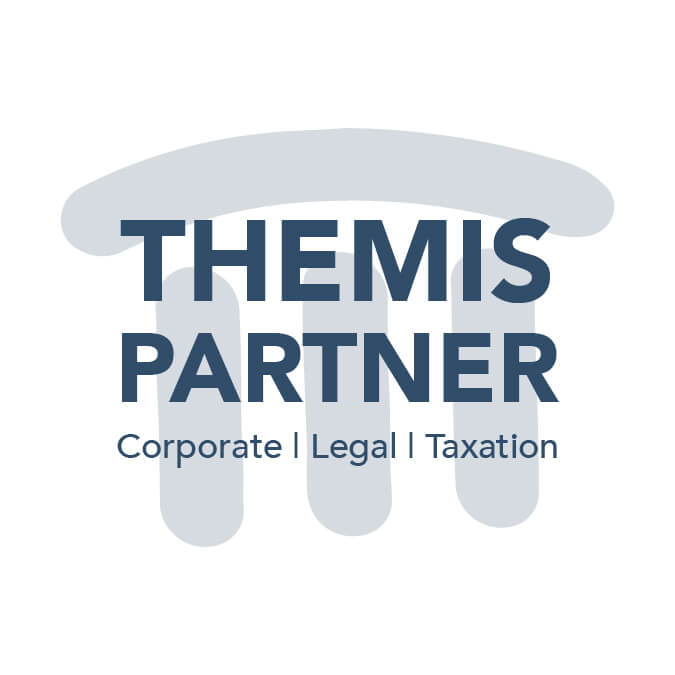The Importance of Corporate Meetings
Corporate meetings are a cornerstone of effective business governance, providing a platform for decision-making, strategy development, and stakeholder communication. In Australia, the legal framework surrounding these meetings ensures transparency, accountability, and compliance with corporate governance standards. This article will delve into the legal requirements for preparing corporate meetings, with a focus on the essential document: the Notice of Meeting.
Understanding the Legal Framework
The legal requirements for corporate meetings in Australia are primarily governed by the Corporations Act 2001. This legislation outlines the obligations of companies in convening and conducting meetings, ensuring that they are conducted fairly and transparently.
1. Types of Corporate Meetings: Corporate meetings can include annual general meetings (AGMs), board meetings, and extraordinary general meetings (EGMs). Each type of meeting has specific legal requirements.
2. Mandatory Compliance: Companies must comply with the provisions of the Corporations Act, as well as their own constitutions and any applicable shareholder agreements.
3. Role of Notice of Meeting: The Notice of Meeting is a critical document that informs shareholders or board members of the time, date, location, and agenda of the meeting. It is legally required for most corporate meetings and ensures that all relevant parties are adequately informed.
For companies also dealing with issues like shareholder disputes or partnership agreements, our article on Essential Steps for Forming a Business Partnership provides valuable insights into aligning meeting procedures with broader governance practices.
Drafting the Notice of Meeting
The Notice of Meeting is a formal document that must adhere to specific legal requirements to ensure the validity of the meeting.
1. Content Requirements: The notice must include the date, time, and location of the meeting, as well as a detailed agenda outlining the matters to be discussed or voted upon.
2. Distribution: The notice must be distributed to all eligible participants, such as shareholders or board members, within the legally required time frame. Typically, this is at least 21 days before the meeting for AGMs, though it may vary for other types of meetings.
3. Accessibility: The notice must be provided in a manner accessible to all participants, which may include electronic distribution in addition to traditional mail.
4. Agenda Specificity: The agenda should clearly outline the items to be discussed, including any resolutions to be passed. This ensures that participants are fully informed and can prepare for the meeting.
If your corporate meetings also involve discussions around contract agreements or legal documentations, consider referring to our article on Important Clauses for Independent Consultant Contracts to ensure your meeting notice adequately covers these topics.
Legal Obligations for Board Meetings
Board meetings are a vital aspect of corporate governance, and they must comply with specific legal requirements.
1. Frequency and Quorum: The company’s constitution or shareholder agreements often dictate the frequency of board meetings and the quorum required to make decisions.
2. Documentation: The Notice of Meeting for board meetings must be documented and distributed to all directors within the required timeframe, ensuring they have sufficient notice to prepare.
3. Minutes and Resolutions: Accurate minutes must be kept, recording the decisions made during the meeting. Resolutions passed during the meeting must be documented and signed by the chairperson.
Shareholder Meetings and Legal Compliance
Shareholder meetings, such as AGMs, have additional legal requirements to ensure transparency and fairness.
| ➤ Voting Procedures: The notice must outline the voting procedures for the meeting, including the method of voting (e.g., show of hands, poll) and the process for appointing proxies. |
| ➤ Financial Reporting: For AGMs, the notice must include details about the financial statements and reports to be presented, allowing shareholders to review them in advance. |
| ➤ Director Elections: If the meeting involves the election or re-election of directors, the notice should include information about the candidates and the process for voting. |











